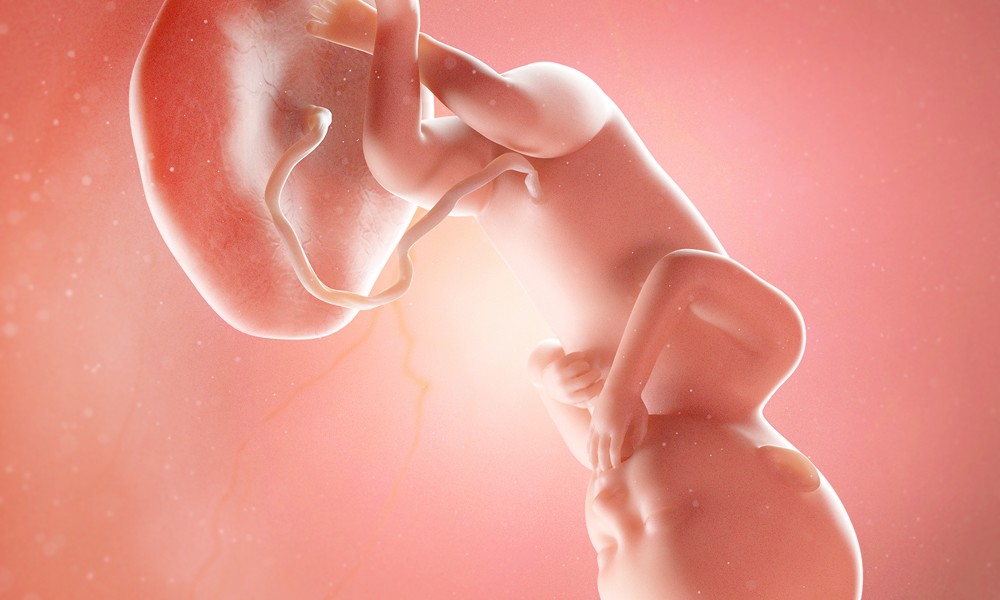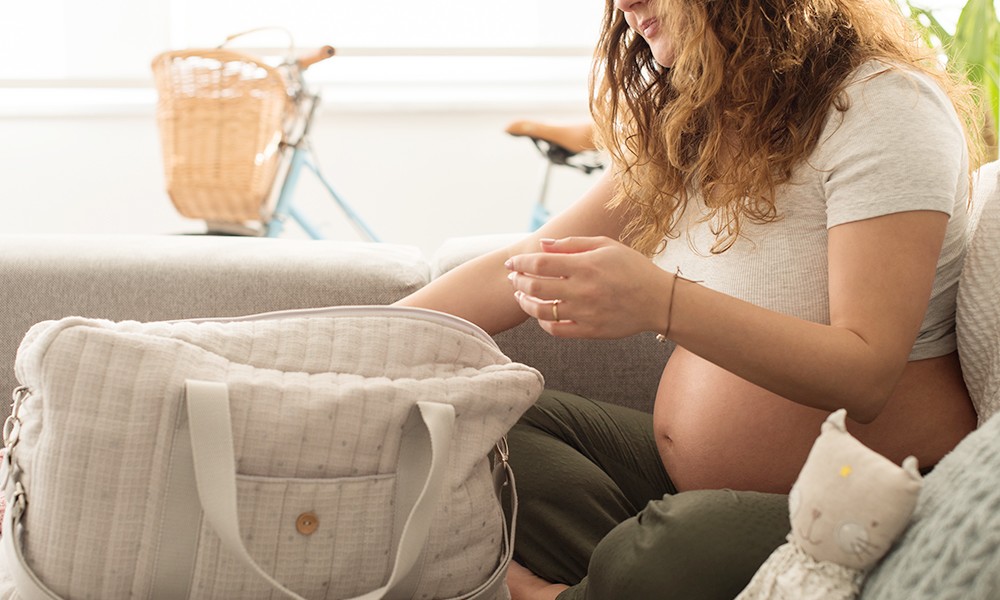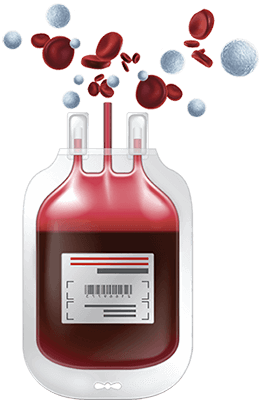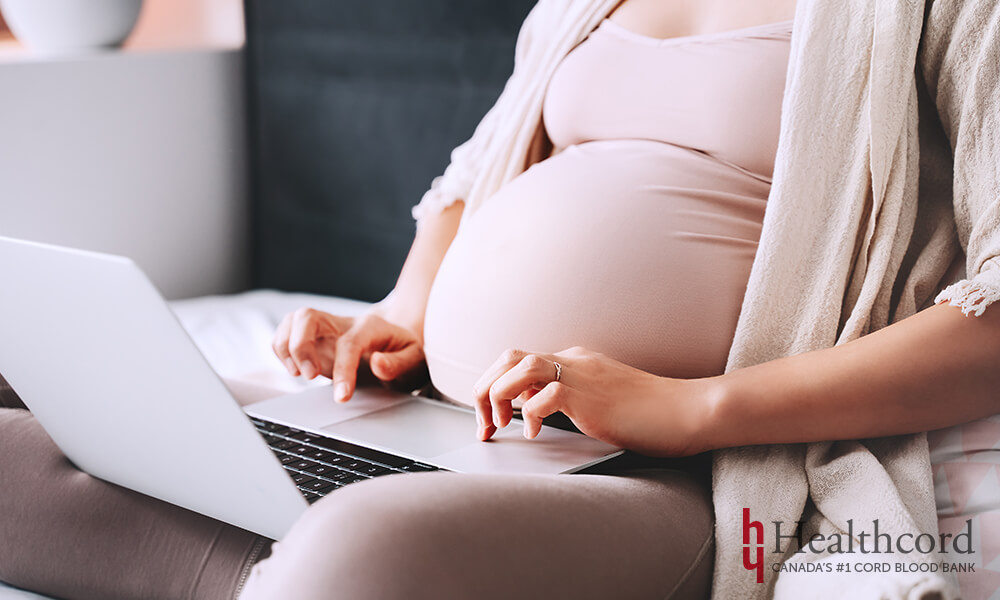Canada's Largest & Oldest Cord Blood Bank
In the home stretch! You are now in your ninth month of pregnancy. Do you feel like the time has slipped by you, or are you just about ready to meet this baby?
This Week’s Highlights
Your baby is plumping up
You baby is considered full term by the end of this week
You may experience ‘lightning,’ when the baby drops lower into your pelvis
Your Baby at 36 Weeks
Your baby is the size of a papaya, measuring about 18.7 inches (47.4 centimeters) long and weighing in at about 5.7 pound (2.6 kilograms).
By the end of this week your baby will be full term, which means he or she can grace the world anytime. Most expectant moms give birth between 38-42 weeks. Only about 4% of babies are actually born on their due date.

Baby Development at Week 36
This week, your baby will lose what is left of languo (the hair that covered their body) and vernix (the waxy substance) that was coating the skin. Your little one will swallow this hair and wax, and digest it to produce meconium, the dark bowel movements you will see after birth.
Your healthcare provider will check to see if your baby has his or her head down pointing toward the exit path. If he or she is breeched (either lying bum and feet down or sideways), your healthcare provider may try to turn your baby using a technique called external cephalic version in the coming weeks. With external cephalic version, the healthcare provider will put they hands on the belly and use firm, but gentle pressure to guide your baby to turn. It is also possible that he or she will turn naturally soon.

Pregancy Tip
Don’t forget to pack plenty of snacks, a good book and music into your hospital bag.

Your Bump at 36 Weeks
Your baby isn’t growing much now, so it is unlikely that your will put on weight or see an increase in the size of your belly from now on.
How Far Along are You?
36 weeks in, 4 weeks to go! You are nine-tenths of the way through your pregnancy. Even though pregnancy is measured in weeks this means you are in your ninth month of your pregnancy.
How Your Body is Changing
This week, you may start feeling extra pressure on your lower abdomen. This is a sign of lightning or engagement, which means your baby is gradually moving down into your pelvis getting ready to come out. You may find that breathing has become easier and the heartburn is less. But, now with the baby putting pressure on your bladder, you may need to visit the bathroom more often.
Sleep may elude you these days because it is not possible to find a comfortable position. Don’t give into your nesting instincts and start cleaning in the middle of the night. Instead, try to relax with some music or a book.
If you haven’t done one already, you will have your Group B Strep (GBS) test this week. This test looks at the presence of a common bacteria group B streptococcus in your vagina and rectum. Most women carry GBS without having any symptoms. If you are GBS positive, there is a risk of passing it on to the baby during delivery. But not need to worry, you will be given antibiotics when you go into labour or after your water breaks, to keep the baby safe.

Give Your Baby a Gift that Lasts a Lifetime.
Approximately 1 in 10 Babies Arrive Ahead of Their Due Date.
Turning a Breeched Baby
If your baby is in breech there are several exercises you can do at home to get him or her to turn around. These techniques are commonly known as spontaneous cephalic versions. We recommend talking to your healthcare provider before you try these techniques at home.
Knee-to-chest position – Kneel on your bed and slowly lower down your upper body to the floor so your head shoulders and chest are flat on the mattress. Keep your behind high up in the air and flex your hips to make sure your thighs are not touching your belly. Hold this position for 15 minutes repeat every 2 hours for five consecutive days.
Pelvic tilt – You will start by lying on your back with knees bent, and feet flat on the floor. Press your back against the floor and slowly lift up your pelvis. Hold for 10 seconds and slowly release. Perform this exercise for about 20 minutes three times a day.
Forward-leaning inversion – Start by kneeling on the edge of a couch and carefully lower yourself to your hands on the floor. Next, lower yourself down to your forearms. Tuck your chin and let your head hang. You may tilt or sway your hips if you prefer. Flattening your back may also be helpful for stretching your ligaments.
Moxibustion – This is an acupuncture technique that should be performed by a professional.

Pregnancy Symptoms at Week 36
Swollen feet and ankles – Edema or swelling of feet and ankles is caused by increased water retention during pregnancy. The increase in fluids is cause by increased blood flow to both your and your baby and the fact that the blood gets returned back to your heart at a slower rate. You may also experience more swelling in your feet, if you’ve gained extra weight. A relaxing footbath or resting your feet by putting them up every so often can help.
Better able to breath – As your baby makes his or her way down the pelvic (lightning or dropping), you may find it easier to breath from now on. Your lungs will have more space to take air in. Just a reminder, every pregnancy is different. Some baby’s don’t drop until you go in to labour.
Changes in vaginal discharge – It is normal to notice changes in vagina discharge at this stage of pregnancy. But, if this discharge looks watery it may be amniotic fluid. In this case, you will need to contact your healthcare provider. You may also notice pinkish (blood-tinged) vaginal discharge when you lose your mucous plug. Loosing your mucous plug may be a sign of impending labour.
Dry, itchy skin – As your belly and breasts grow, the stretching skin can often cause itchiness. Staying hydrated and applying moisturizer can help minimize the dryness and the itchiness.
Heartburn results when the muscle that separates the esophagus from the stomach relaxes, owing to the pregnancy hormone progesterone. As a result, stomach acid escapes out, irritating your esophageal lining. Try the following tricks to tackle your heartburn:
- Rather than three big meals eat six smaller meals
- Stick to bland foods and avoid spicy or greasy foods
- Milk and yogurt can help with heartburn
- Increase your fluid intake
- Cut back on caffeine
- Try not to eat 2-3 hours before going to bed
- Chew gum
- Prop your head up with pillows when you sleep
Newborn Stem Cells from Cord Blood & Cord Tissue Can Only be Collected at Birth.
Only 4 Weeks to go! Registering for cord blood banking will only take five minutes of your time. Order your cord blood kit today to make sure it arrives before the baby does.




